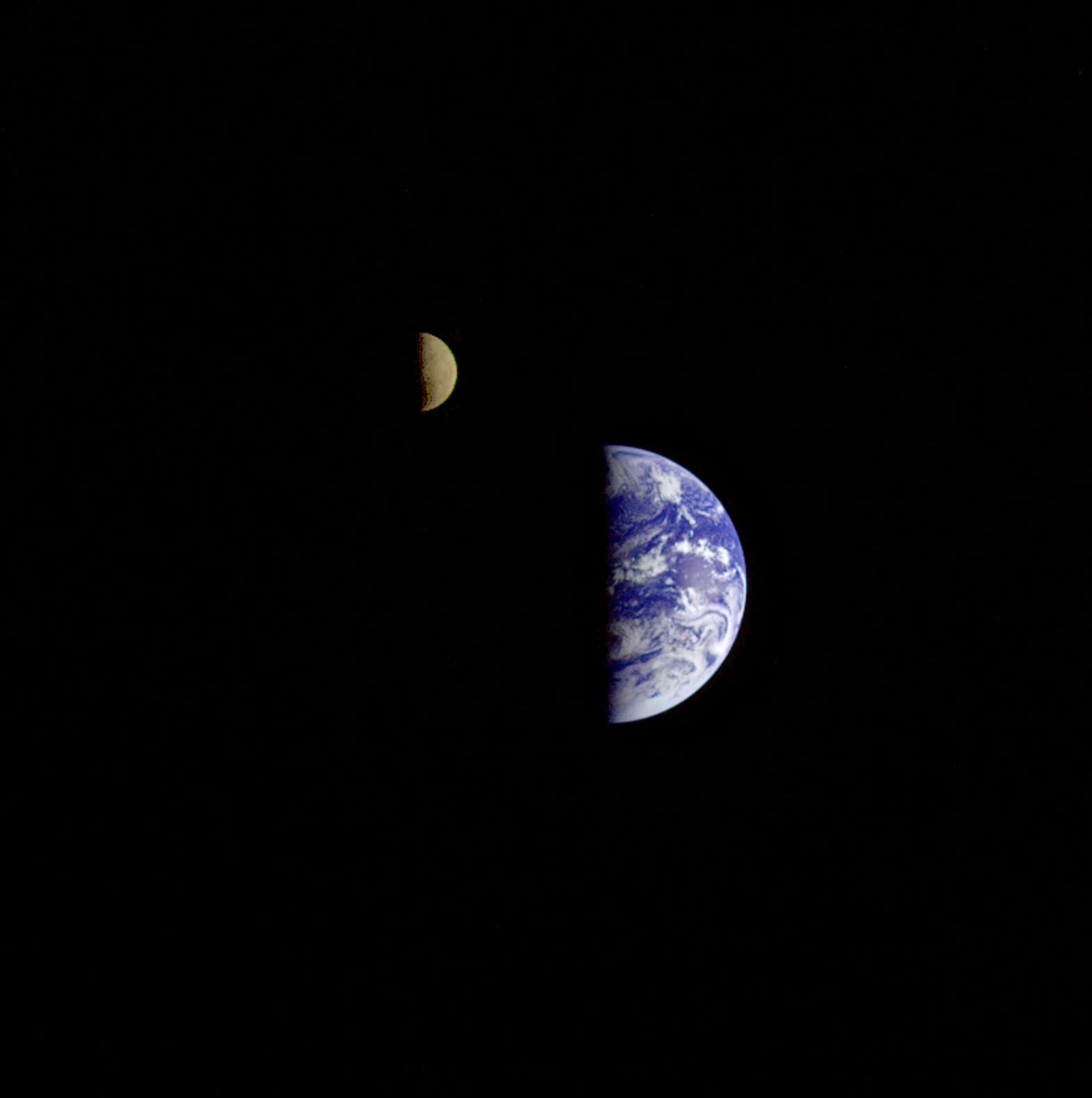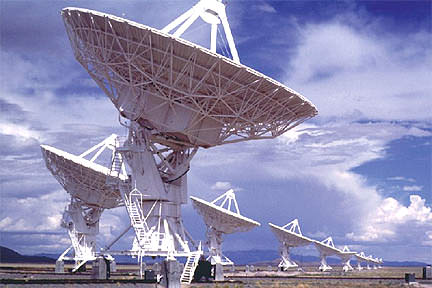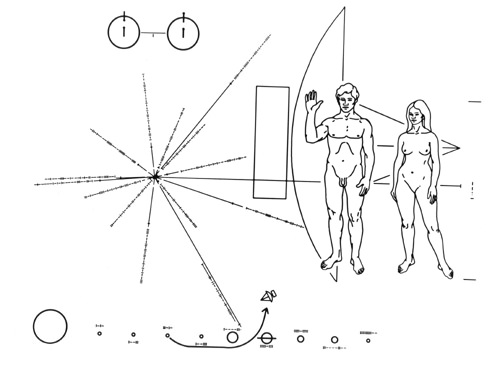[/caption]
SETI, the Search for Extraterrestrial Intelligence has suffered a big blow. The primary alien search engine –the Allen Telescope Array (ATA) in northern California — has been shut down due to budget woes. In a letter last week, the CEO of the SETI Institute, Tom Pierson told donors that in the ATA has been put into “hibernation,” — a safe mode of sorts, where “the equipment is unavailable for normal observations and is being maintained in a safe state by a significantly reduced staff.”
The ATA has been in hibernation since April 15, with the equipment put in a safe configuration so that it stays ready to be turned back on should the SETI Institute find new sources of funding.
While the ATA is not the only radio telescope that can be used for SETI searches, it was the observatory that was primarily used for that task, and now SETI researchers will have to borrow time on telescopes where “competition for observing time can be fierce or piggyback their searches on other ongoing observations,” according to John Matson, writing for Scientific American.
The ATA was operating with 42 antennas, and was scheduled to expand gradually to 350 six-meter radio antennas to listen for possible radio emissions from any faraway civilizations that might exist elsewhere in the galaxy. But after the first $50 million phase was completed in 2007, additions to the array were delayed due to lack of funding.
NASA had funded some of the early SETI projects, but Congress canceled any NASA contributions in 1993. The nonprofit SETI Institute, founded in 1984, relies mainly on private donations to support its research. Microsoft co-founder Paul Allen, had contributed $25 million to the first phase, with donations and grants funding the rest.
According to astronomer Franck Marchis, who works for the SETI Institute and the University of California, Berkeley – which is responsible for operating the ATA, “the financial state of the observatory degraded significantly over the past 2 years with the loss of various sources of funding (NSF, California state) at UC Berkeley” forcing UC Berkeley to withdraw from the SETI project. And, as Marchis wrote on his blog, “because the project is mainly funded through private donors, the economic recession had a huge impact and delayed significantly the expansion of the array impacting the overall project.”
In his letter, Pierson said that NSF funding has been reduced to approximately one-tenth of what it formerly gave to SETI. “This is compounded by growing State of California budget shortfalls that have severely reduced the amount of state funds available to the Radio Astronomy Lab.”
ATA operations cost about $1.5 million per year, Pierson said, and the SETI science campaign at ATA costs another $1 million annually.
Pierson said that the SETI Institute has been working for more than two years to find additional funding, such as providing assistance to the US Air Force in tracking orbital debris. The SETI Institute is also currently working on a fundraising campaign to raise $5 million so that the ATA can be used to focus on the potentially habitable planets found by the Kepler telescope.
For anyone who is interested in donating SETI, and in particular the ATA and their search of signals from the Kepler database of planets, see this website.
Sources: Scientific American, Cosmic Diary, SETI Institute













